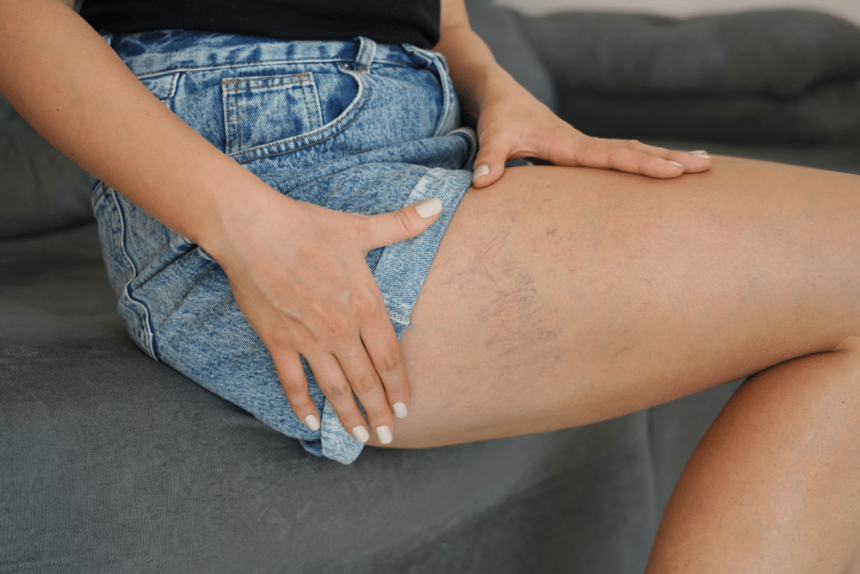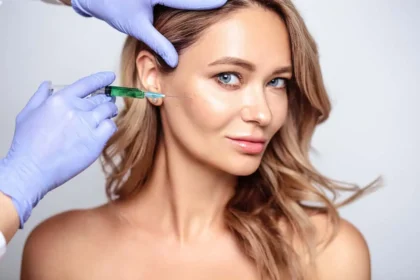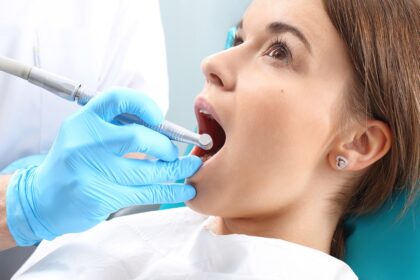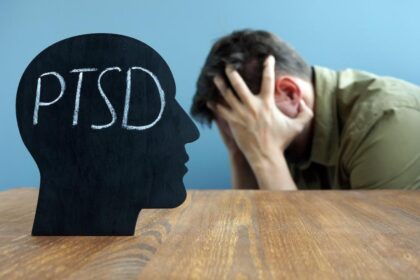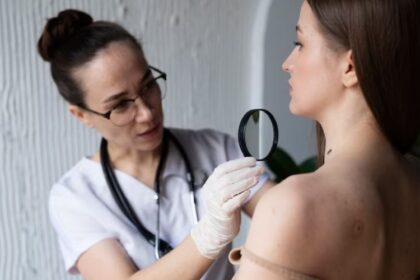Varicose veins are a common condition where veins become enlarged and twisted, typically in the legs. While they are often seen as a cosmetic concern, ignoring them can lead to significant long-term health complications. Understanding the potential effects of untreated varicose veins is beneficial for maintaining overall vascular health and preventing deterioration.
Recognizing Early Warning Signs
Spotting the symptoms of varicose veins early is beneficial in preventing escalation. These veins often appear as bulging, bluish cords just beneath the skin’s surface, primarily in the legs. Early signs include aching, throbbing, or a feeling of heaviness in the legs, particularly after prolonged periods of standing or sitting. Swelling in the lower limbs can also indicate the onset of issues related to compromised vein function.
Ignoring these early signs can allow the condition to worsen. Over time, symptoms can extend beyond discomfort, eventually interfering with mobility and day-to-day activities. If accompanied by skin discoloration, hardening, or sores, these changes may indicate more advanced complications that require attention.
Understanding Health Risks Ahead
If left untreated, varicose veins can contribute to more significant health issues. Here’s a look at some potential risks to be aware of:
- Chronic Venous Insufficiency (CVI): Prolonged vein dysfunction can lead to impaired blood flow, resulting in skin changes, swelling, and leg ulcers.
- Blood Clots: When blood pools in the veins, it can increase the risk of clot formation, including deep vein thrombosis (DVT), which requires immediate care.
- Skin Ulcers and Infections: If left untreated, they can lead to tissue breakdown in the affected area, resulting in ulcers or infections.
- Bleeding Risks: Damaged veins close to the skin can become prone to spontaneous bleeding, which can be challenging to control without medical intervention.
Preventing Serious Vein Damage
Addressing varicose veins early can help minimize the risk of serious complications. Lifestyle adjustments play a key role in prevention and management. Maintaining a healthy body weight reduces the strain on leg veins, as excess weight adds unnecessary pressure to the veins. Regular exercise can also promote healthy blood flow, as physical activity encourages the calf muscles to help circulate blood back to the heart.
For those who work long hours in a seated or standing position, periodic movement is beneficial. Shifting positions, stretching, and elevating the legs during breaks can ease vein stress. Choosing supportive footwear and avoiding high heels can further support proper circulation. While lifestyle changes alone may not reverse advanced cases, they form a powerful foundation for overall vein health.
Improving Circulation Over Time
Manage varicose veins by improving circulation over time by:
- Wear Compression Stockings: They reduce swelling and prevent blood pooling.
- Stay Active: Try walking, swimming, or cycling to boost leg circulation.
- Avoid Long Sitting/Standing: Take breaks to move, stretch, or elevate your legs.
- Adopt Healthy Habits: Stay hydrated, eat a balanced diet, and avoid smoking.
- Consult a Specialist: Regular checkups help detect and prevent complications.
Take Control of Your Varicose Veins
Varicose veins are more than just a surface-level issue; untreated, they can lead to a range of complications that may impact daily life and overall well-being. By recognizing early symptoms, understanding the possible risks, implementing preventive strategies, and prioritizing circulation health, it is possible to mitigate their long-term effects. If you’re experiencing symptoms, consult a doctor to explore treatment options and protect your vascular health.


